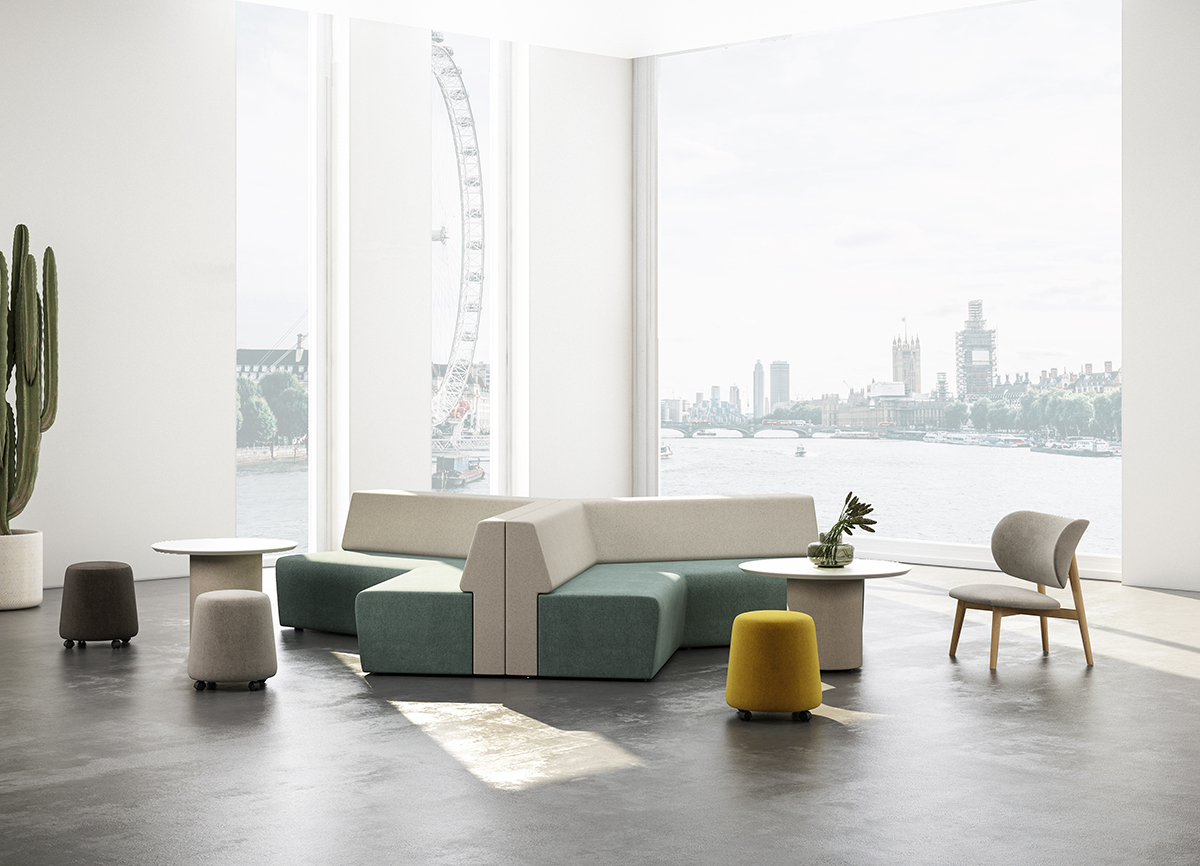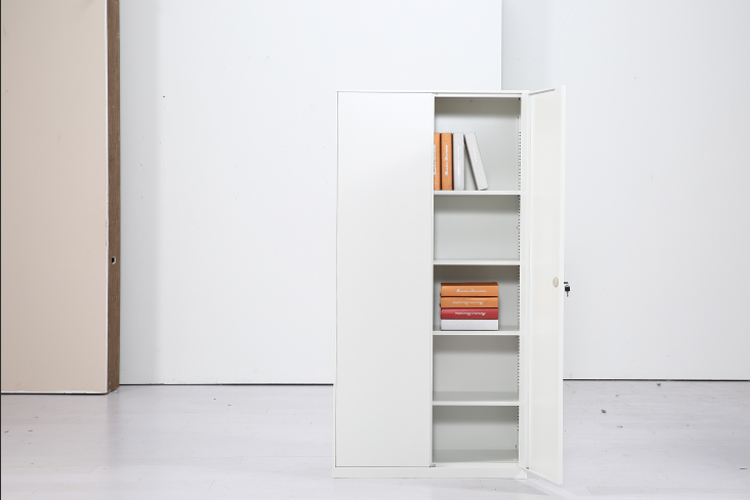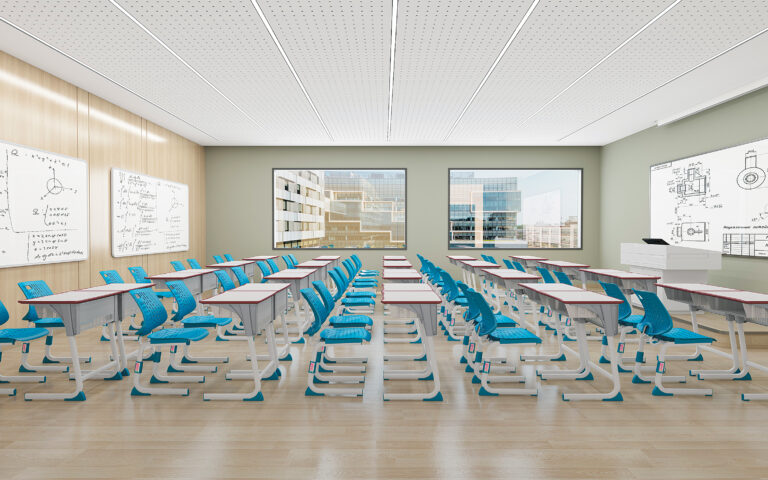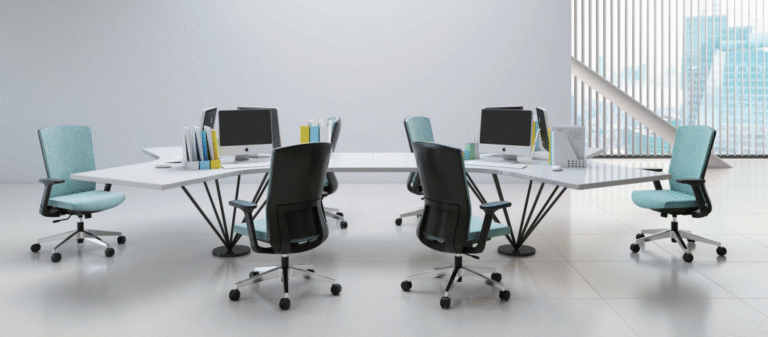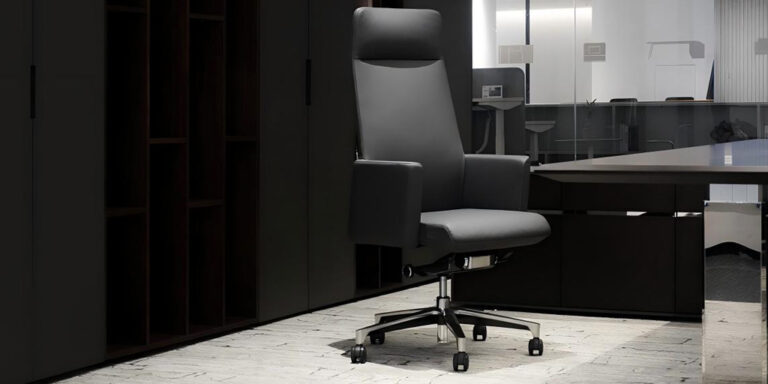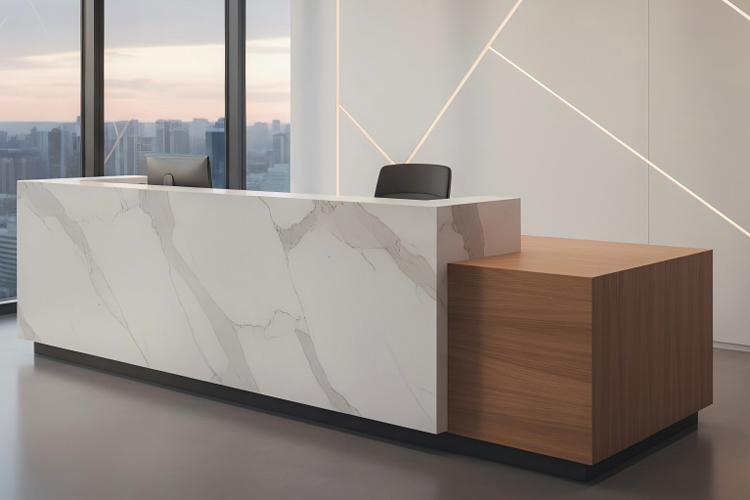Ultimate Guide: Choose Perfect Lounge Seats
Description:
Find your ideal lounge seat! Compare types, materials & styles for homes, hotels & offices. Get expert tips & free custom proposals from ONMUSE. Comfort guaranteed.
The Ultimate Guide to Choosing the Right Lounge Seat: Comfort, Style & Function Perfected
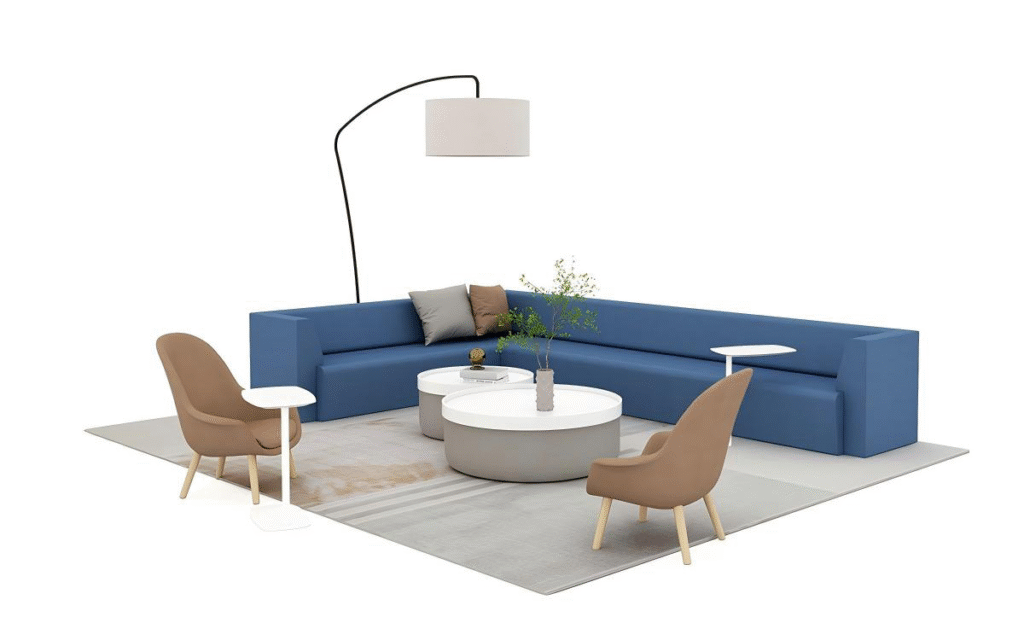
Have you ever walked into a hotel lobby, office lounge, or café and felt comfortable or not? The right lounge seating makes all the difference. When you’re fit-out a commercial environment or redesigning your house, lounge seat selection isn’t only concerned with aesthetics, it is also about comfort, durability and usability.
How do you decide which one to get with infinite styles, materials, and configurations?
Let’s take a look at all main lounge seat types, how materials impact comfort and maintenance, design styles and where to use them for maximum impact.
What is a Lounge Seat?
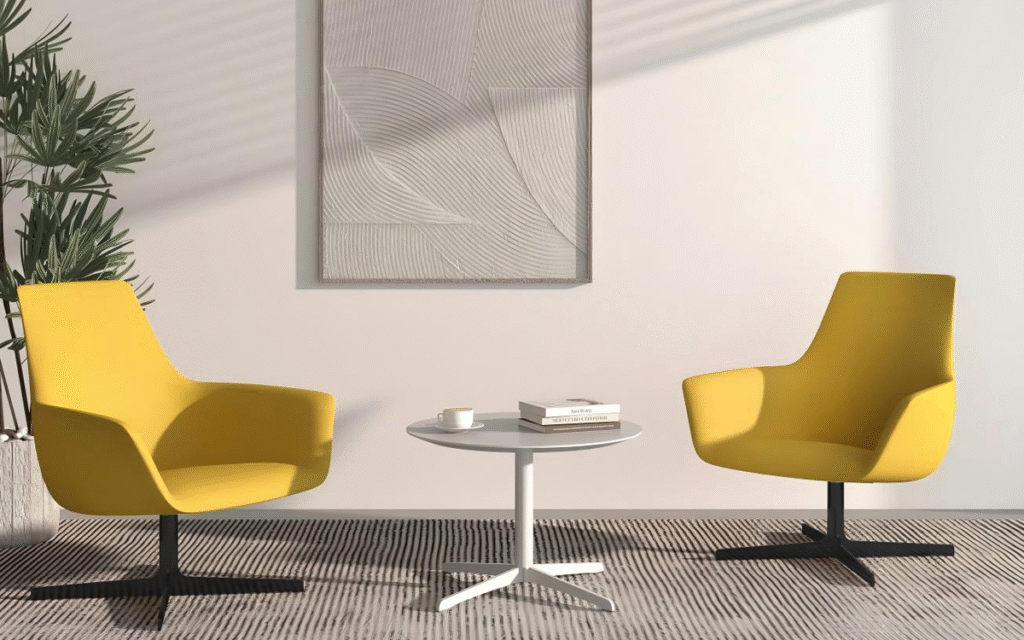
When you sit down and instantly feel relaxed that’s a great feeling! That’s the magic of a lounge seat. A lounge seat is designed to be comfortable, unlike a formal dining chair or a stiff office task chair. It invites you to unwind, chat, or wait without hurry. Imagine hotel lobby areas where guests linger, café corners or relaxed office break-out spaces. These seats do not help with posture; they help you feel comfortable.
The Purpose of Lounge Seating.
Lounge seats exist to create comfort areas. They turn empty spaces into welcoming spots. Places such as airports and clinics require waiting spaces that help reduce stress. They persuade us to linger a little longer at home or café. The goal is relaxation, not work. You lean back, stretch out, or curl up. Being easy to use sets them apart from functional chairs for the desk or dining table.
Key Features of Lounge Seats.
Spot a lounge seat by its design. Comfort comes first. Expect deeper seats, lower heights, and soft cushioning. Many have reclined backs or footrests. Materials matter too. The relaxed feel is complemented by plush fabrics, smooth leather, or easy-clean plywood frames. Style blends with function. A curved round lounge seat encourages conversation. A backless lounge bench fits tight spaces. These features make lounging natural and inviting.
Lounge Seats vs. Regular Seating.
How is this different from a sofa or office chair? Purpose. A couch can seat groups of too many people, but generally, it is not as deep as a chair and ottoman for comfort. Office Chairs Help Us Work, Lounge Seats Help Us Rest .They are not meant to boost productivity but rest. You will find them in places where it matters, like lobbies, waiting areas, and reading nooks. You won’t find it in desks or formal tables.
Lounge Seat Types
Choosing the right style matters for comfort and space. Different types serve different purposes in home, office or the public.
Lounge Seating.
Lounge seating categories several types. Different types used in difference spaces to bring people different feelings.
Lounge Bench.
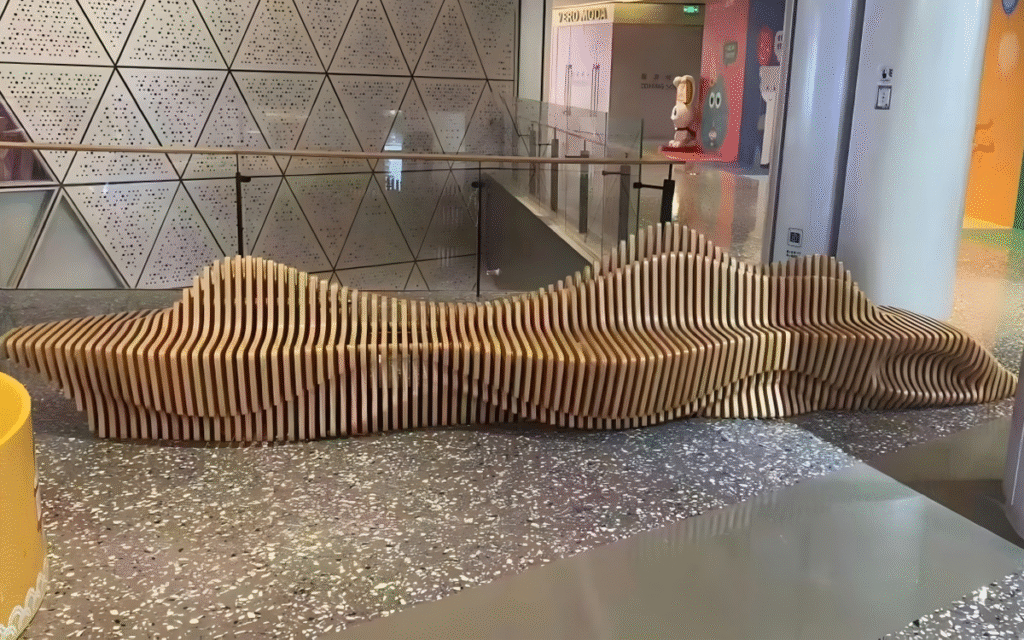
A lounge bench is a simple back or backless seat. It holds several people in tight areas. You often see these in shopping mall or other public commercial place. Plywood frames make them sturdy and easy to clean. Use them where quick sitting is needed.
Round Lounge Seat.
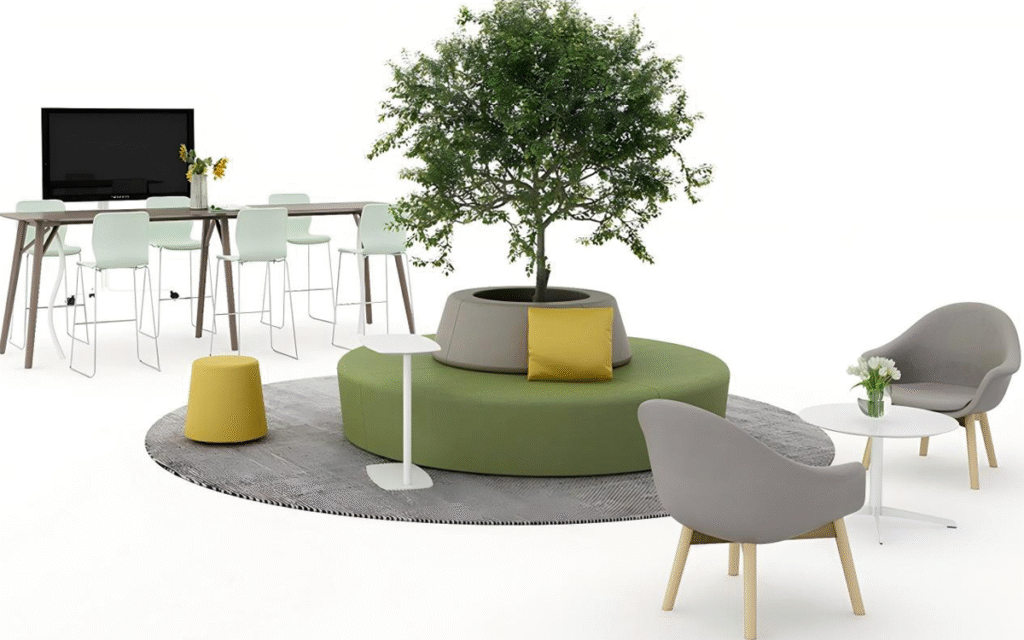
The round lounge seat forms a full circle. It becomes a room’s center point. In the middle,green plants normally inserted to improve the nice looking. Coffee table is matched in the side for people taking coffee Hotels and open offices use these in their leisure space or waiting areas.
Half Round Lounge Seat.
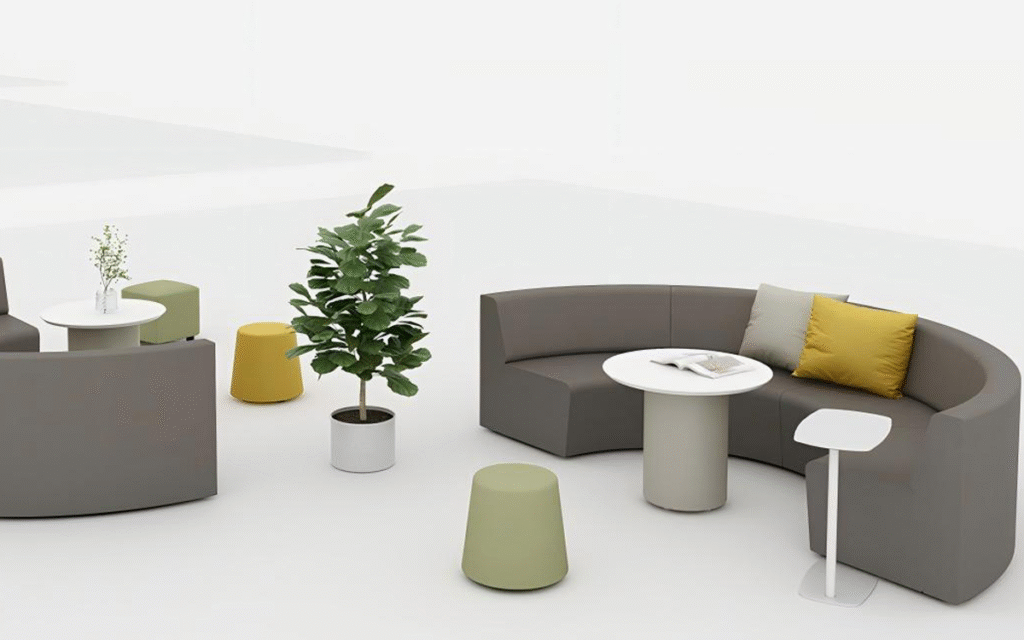
This is a semicircle version. The half round lounge seat fits neatly in corners. It is good for the privacy.Restaurants and apartments use these well. You get the social curve without needing much room. Leather covers often give a luxury look here.
270 Degree Lounge Seat.
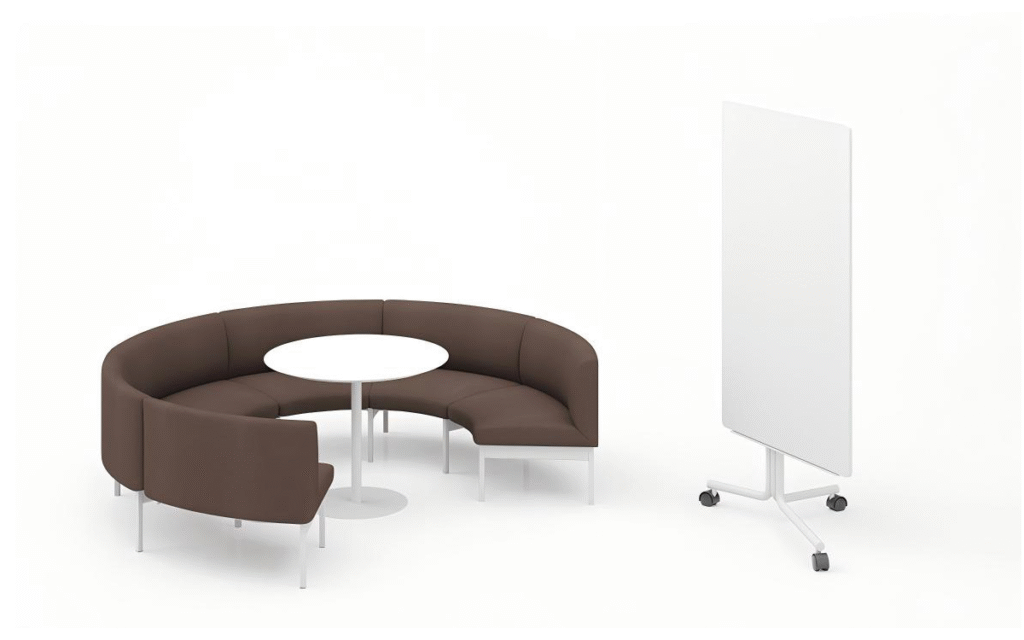
The lounge seat wraps around in three-quarters of a circle. It creates cozy group nooks. You will see sometimes office meeting room is occupied and this design is good to replace it. People seat around the small table and free talk. They offer privacy in busy spots. Deep seats with comfort padding suit long waits.
Lounge Chair
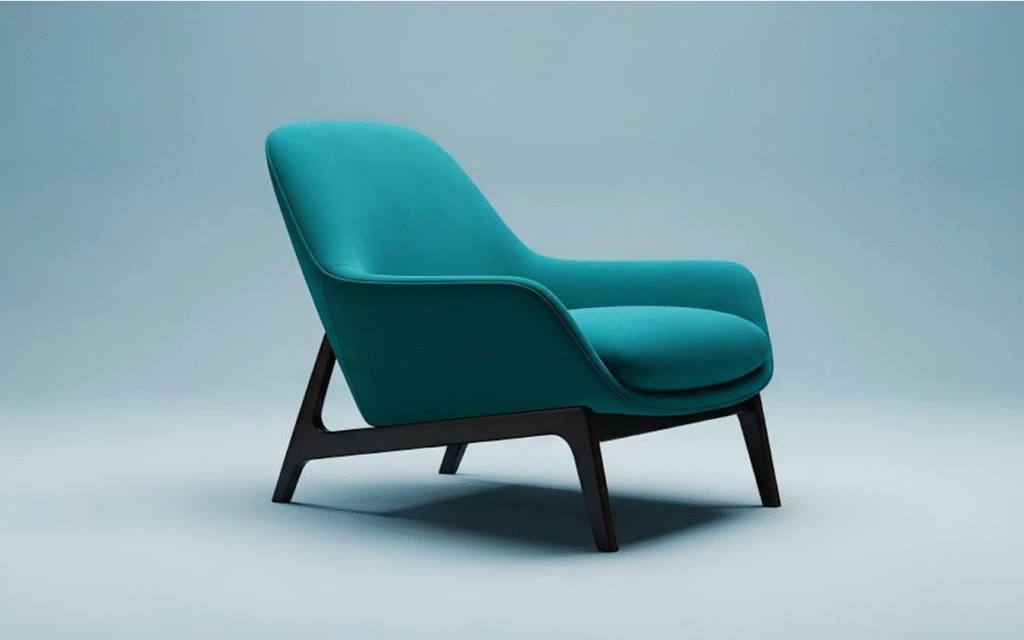
A lounge chair serves one person. It focuses on deep relaxation. These have lower seats and reclined backs. Many include footrests or ottomans.
Lounge chairs work in private spots. Think reading corners or bedroom retreats. Executive offices use them for relaxed talks. They come in all styles – modern to traditional. Materials range from soft velvet to easy-clean leather. Their size fits smaller areas where big sofas won’t go.
Lounge chairs prioritize personal comfort over group space. They invite you to sit longer alone. They don’t inspire group chats like benches or round seats do.
The Goods for the Lounge Seat
Let’s talk about their true value after exploring lounge seat types. Comfortable lounge seating makes any space more practical. It combines comfort, durability and style to serve the people.
Built for Relaxation.
Lounge seats prioritize physical ease. Deep seats and reclined backs support natural postures. Padding in key areas like the lumbar region reduces strain. This design lets users unwind fully. In hotel lobbies, guests sink into chairs while waiting. At home, people read or nap without discomfort. The focus is always on relieving pressure. This makes long sits pleasant, not painful.
Tough Materials for Daily Use.
Good lounge seats last. Their materials handle wear and spills. Plywood frames offer strong, lightweight support. They won’t chunk up in crowded areas such as the waiting areas of shopping malls. Leather upholstery looks rich and wipes clean easily. Spills bead up instead of soaking in. This suits coffee shops with high turnover. Fabrics like velvet or chenille can add softness where luxury matters. Performance fabrics resist stains in office leisure areas. Every material choice serves a purpose.
Flexible Design for Any Space.
Lounge seating adapts. Half-round lounge seats fit corners perfectly with modular pieces. The lounge seats, which are positioned at 270 degrees, help create intimate nooks in open plans.
Lounge benches line narrow hallways without blocking paths. Even one lounge chair can fit into a tiny apartment or restaurant nook. Styles range from sleek modern to warm traditional. Colors and fabrics blend with existing decor. This flexibility makes lounge seats work anywhere.
With lounge seating, unoccupied spaces become useful and welcoming in nature. It combines comfort with smart design.
Use Places of Lounge Seat
Lounge seats excel in many settings. Their design balances comfort and function. Each space needs specific features. Here’s how they transform key areas.
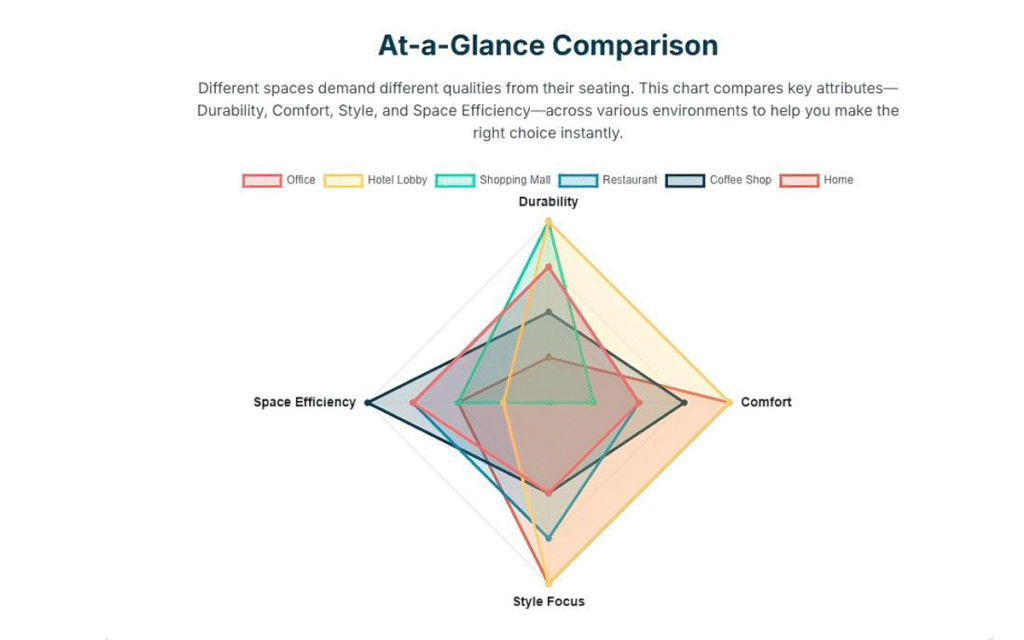
Office Leisure Area
Lounge seating in office leisure areas supports informal breaks. Employees recharge here between tasks. Opt for tough materials like leather or upholstery fabric. These resist spills from coffee or snacks. Modular lounge benches fit small corners. Single lounge chairs create quiet spots for calls. Colors should match company branding. Proper seating reduces stress and boosts focus.
Hotel Lobby.
First impressions matter in hotel lobbies. Round lounge chairs or a plush lounge chair welcomes guest. Deep cushioning eases travel fatigue. High-end leather or velvet fabrics show luxury. Arrange seats near check-in desks for waiting. Use 270 degree lounge seats for group conversations. Durability is key for 24/7 use.
Shopping Mall Waiting Area.
Shopping mall waiting areas need tough seating. Lounge benches with plywood frames handle heavy traffic. Waterproof fabrics prevent stain damage. Place them near elevators or play zones. Bright colors help visibility. Armless designs allow quick cleaning. These seats give tired shoppers a rest without long stays.
Restaurant.
Restaurants use lounge seats in bars and waiting zones. Half round lounge seats maximize booth space. Upholstery fabric must clean easily after spills. Bar-height lounge chairs with backs suit counter service. In upscale spots, leather adds sophistication. Ensure seats allow easy movement between tables.
Coffee Shop.
Coffee shops rely on lounge seats for atmosphere. Comfy lounge chairs near windows encourage remote work. Small round lounge seats fit groups for chats. Choose dark fabrics that hide coffee stains. Include power outlets near seats. Compact lounge benches save space in tiny shops. Cozy seating keeps customers staying longer.
Home & Apartment.
Home & apartment spaces use lounge seats for relaxation. A lounge chair in bedrooms creates reading nooks. Sectional lounge seating works for family movie nights. Soft upholstery fabric like chenille adds coziness. Balconies fit weather-resistant plywood benches. Custom sizes suit small apartments. Personal style shines here.
Material Choose and Advantage
Choosing the correct material will make sure that your lounge seat lasts longer and performs well. Either option will have its own unique advantages when it comes to comfort, appearance, and maintenance.
Plywood Frames: Easy Maintenance.
Plywood works effectively as a base for strong seat construction, especially for items like curved half round lounge seats. Layered Wood Doesn’t Warp In The Humidness Of A Shopping Mall Waiting Zone Smooth surfaces wipe clean fast from spills or dust. This makes plywood ideal for high-traffic spots. No special cleaners are needed—just a damp cloth. Choose types that are resistant to moisture for outdoor cafes.
Leather Upholstery: Luxury Appeal.
Leather gives any space instant elegance. It makes the lounge chairs in hotel lobbies look rich. Liquid beads up on the fabric surface to allow easy clean up. Scratches blend into the natural patina over time. Top-grain leather lasts decades with basic care. Quality PU leather will give you a designer look at a reasonable price. Either option fits restaurants or offices where style counts.
Fabric Choices: Comfort Focus.
Upholstery fabric prioritizes softness and coziness. Each type serves different needs.
- Velvet is a lovely smooth and soft material that is perfect for
low-traffic areas in homes or apartments. - Chenille is good at hiding wear marks, making it ideal for busy
office leisure areas. - In the summer, linen fabric breathes naturally, keeping the user cool
in the café.
Smart material choices balance beauty, durability, and practicality.
How to Choose the Styles
The materials of your space will influence its function, while the style will create its character. A perfect design theme will turn your lounge seat into a focal point. Here’s how key styles differ.
Italian Style
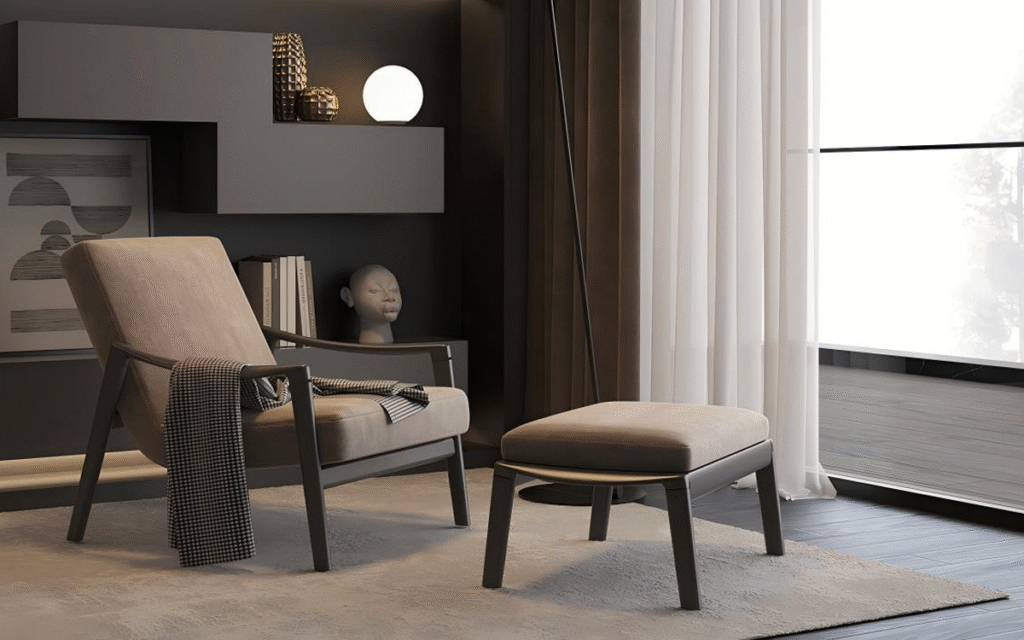
Italian style lounge seats showcase sleek sophistication. Clean lines and minimalist shapes define them. It is usually made of premium leather, typically black and white or earth tones. Chrome or polished wood legs add refinement. These pieces favor function without ornament. Curved round lounge chair in Italian style is a sculptural work of art. Perfect for modern hotel lobbies or luxury apartments.
Chinese Style
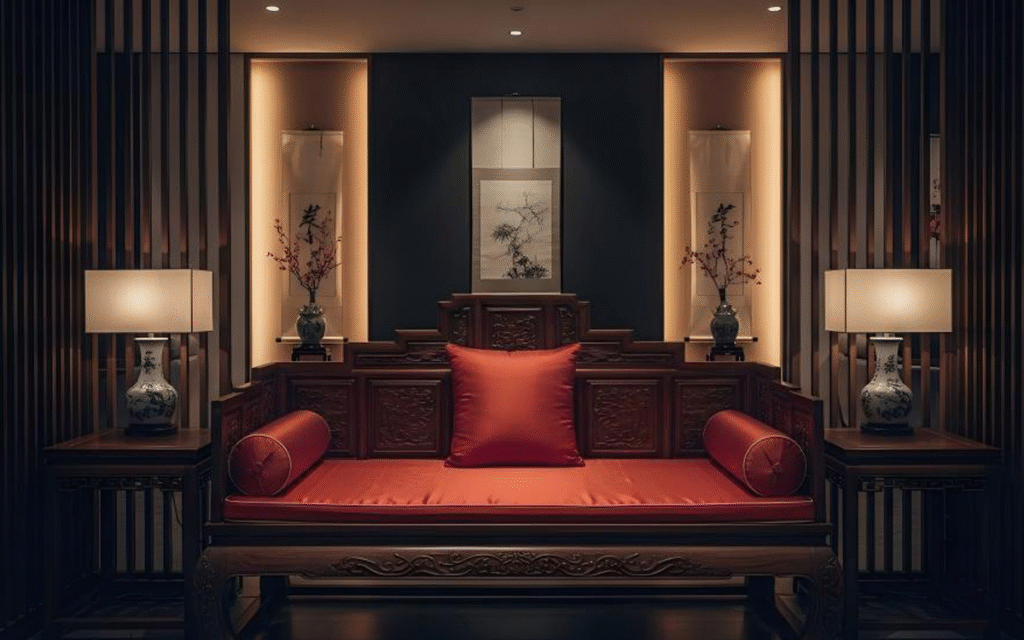
Chinese style blends tradition with balance. Dark woods like teak form sturdy frames. Hand-carved details appear on armrests. Silk or linen fabrics feature nature-inspired embroidery. Lounge chairs often include low platforms instead of legs. Earthy reds, jade greens, and gold accents pay tribute to heritage. Add our half round lounge seat in this style to a zen corner in your restaurant or cozy home library.
European Style
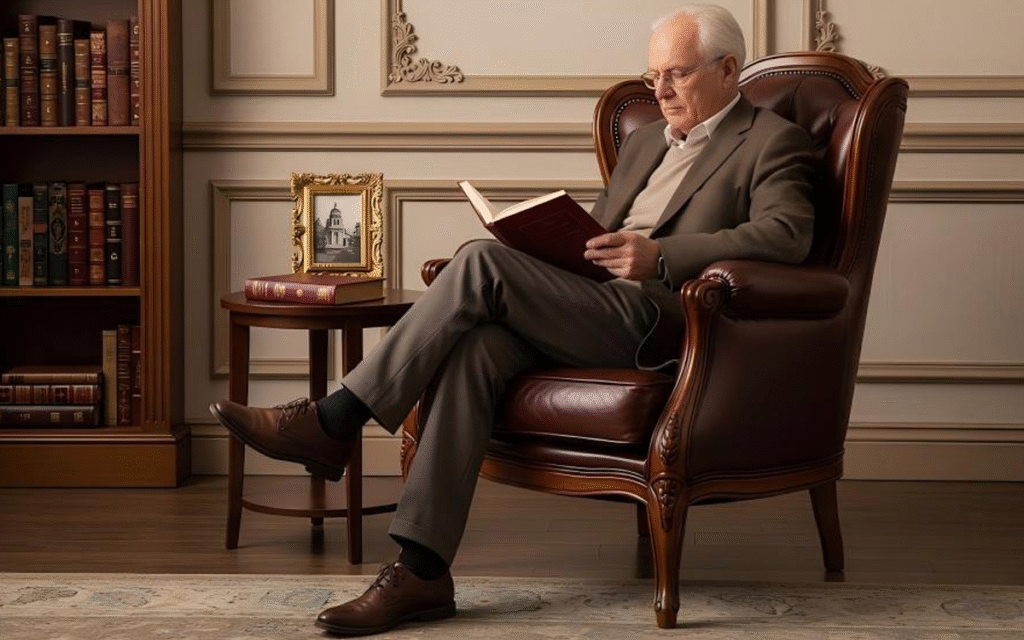
European style varies by region but shares elegance. French upholstered furniture is truly stylish and full of character and Scandinavian styles use light oak for the frame and wool for comfort. German styles reflect a precise engineering mindset with adjustment features. Neutral palettes with pops of color work well. These can be used in office break rooms or boutique coffee shops.
Modern Style
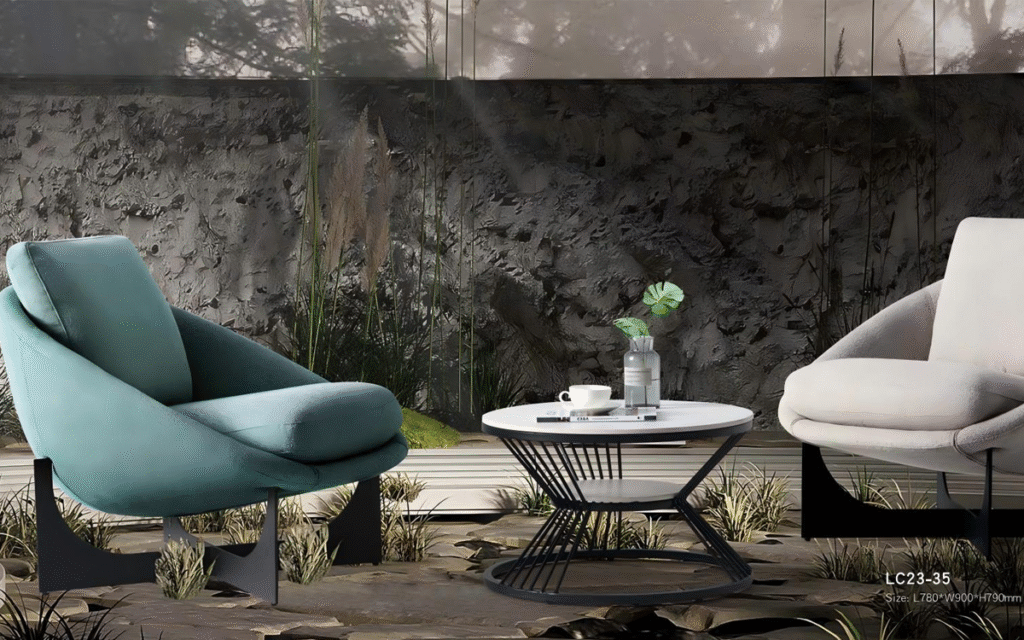
Modern style prioritizes simplicity and space. Geometric shapes with straight edges dominate. Materials consist of metal legs, plywood shells and performance fabrics. Gray, black, white or any monochrome color keep visuals clean. Modular lounge benches fit this aesthetic. Perfect for startups, lofts or shopping mall waiting areas that want sharper efficiency.
Traditional Style
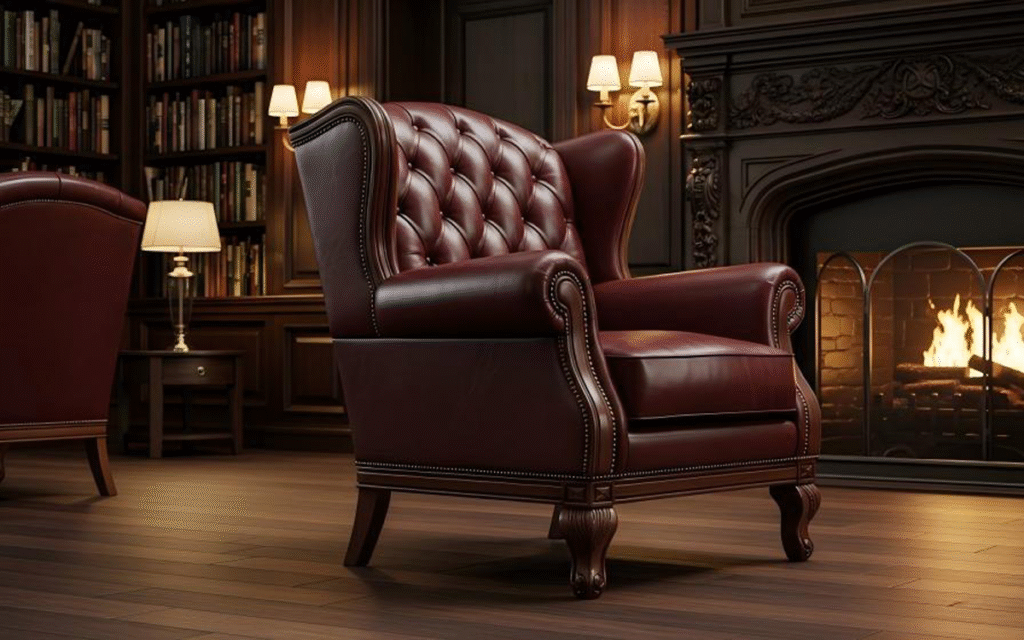
Traditional style embraces classic warmth. Distinctive features include rolled arms, tufted backs, and turned wood legs. Deep burgundy and navy tones in luxurious fabrics such as damask and chenille create an opulent bedroom style. Lounge seating often includes ornate nailhead trim. This look is perfect for a furniture line in the lobby of a heritage hotel, formal restaurant, and living room of a home or apartment for a cozy grand look.
How ONMUSE Supplies the Service
Selecting lounge seats involves big decisions. ONMUSE simplifies this with a clear, step-by-step service. We turn your vision into reality without stress. Here’s how we deliver:
Step 1: Understand Your Vision
We start by listening. Share your space size, purpose (like hotel lobby or home), and needs. Tell us about traffic levels, style preferences (Italian or Modern), and budget. Photos or floor plans help. Our team asks targeted questions: “Will children use this daily?” or “Do you need waterproof plywood for a café?” This ensures we grasp your goals fully. No guesswork.
Step 2: Style and Type Selection
Next, we match your needs to designs. For a luxury hotel lobby, we suggest leather lounge chairs. For tight office leisure areas, lounge benches save space. We show samples: curved half round lounge seats for social spaces, or compact lounge chairs for reading nooks. Material options (velvet for luxury, chenille for durability) are compared visually. You see how each style fits your space.
Step 3: Free Custom Proposal
Within 3–5 days, you get a detailed proposal. This includes:
- 3D renderings of seats in your actual space.
- Exact dimensions and configuration plans.
- Material swatches (e.g., leather vs. linen fabric).
- Transparent pricing with tiered options.
Revisions are free until you approve.
Step 4: Budget Control
We respect financial limits. If costs exceed your budget, we offer alternatives:
- Material swaps (performance fabric instead of full-grain leather).
- Size adjustments (smaller 270 degree lounge seat).
- Phased delivery for large projects.
Step 5: Precision Production
Your order enters our 100,000 sq ft workshop. We use:
- CNC machines for flawless plywood frames.
- 5G IoT systems tracking progress in real-time.
- BIFMA-certified quality checks at all stages.
You receive weekly photo updates. Production never compromises on comfort or durability.
Step 6: Installation Guidance
We simplify setup:
- Labeled parts with QR-code video tutorials.
- Local technician referrals for complex builds (e.g., round lounge seats).
- Floor protection kits included.
For international clients, we handle customs paperwork and sea freight insurance.
Step 7: After-Sales Follow-Up
Our support continues post-delivery:
- 7-day check-in call to address questions.
- 6-year warranty on the products.
- Priority replacements for damaged parts.
Spill on upholstery fabric? We send cleaning guides. Leg loose on your lounge bench? We mail a toolkit overnight.
Why ONMUSE Stands Out
- Global Reach: Ships to 48 countries (180+ partners).
- Certifications: CE, FSC, ISO 9001 compliant.
- Speed: 20-25 day average production time.
- Customization: Accept OEM and ODM
Ready to start?
→ WhatsApp: +86 189 9439 7293
→ Email: sales@onmusefurniture.com
FAQ: Lounge Seat Essentials
What’s the Best Material for the Lounge Seat?
No single material works everywhere. Choose hard-wearing materials for places like shopping mall waiting areas. Leather or performance fabric resists spills. Leather adds luxury to hotel lobbies. Chenille is an upholstery fabric that will suit an office leisure area as it also hides wear well. For homes, velvet or linen boosts comfort. Waterproof plywood frames excel outdoors. Match material to your space’s traffic and purpose.
How to Decide the Proper Size for the Lounge Seat?
Measure first. Note your room’s length, width, and pathways. Leave 36 inches for walking space. A 4-6-seater group area can have lounge benches or a 270-degree lounge seat. Make Small Apartments Look Bigger With Compact Lounge Chair Or Half Round Lounge Seat Test sizes with painter’s tape on the floor. Ensure seats don’t block doors or vents. Scale matters most.
What Else Is a Lounge Seat Called?
Names vary by design and region. A sofa refers to a settee, sectional or modular which can seat two or more persons. Single units include lounge chairs, armchairs and accent chairs. Backless options are benches or banquettes. Chaise lounges support reclining. The term “lounge seating” refers to any type of relaxed, informal sitting furniture.
What’s the Difference Between Sofa and Lounge Chair?
Sofas seat multiple people. They have long seats with connected backs. Lounge chairs serve one person. They’re designed with deeper seats, lower heights, and often footrests. Sofas work for social talks. Lounge chairs focus on solo relaxation. Both offer comfort but differ in capacity and form.

